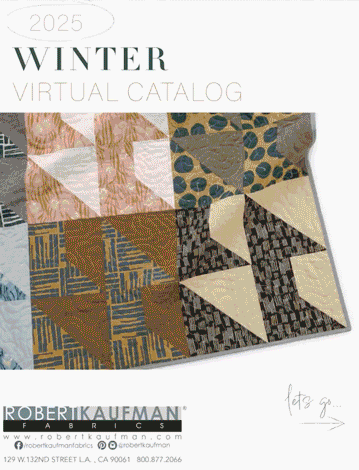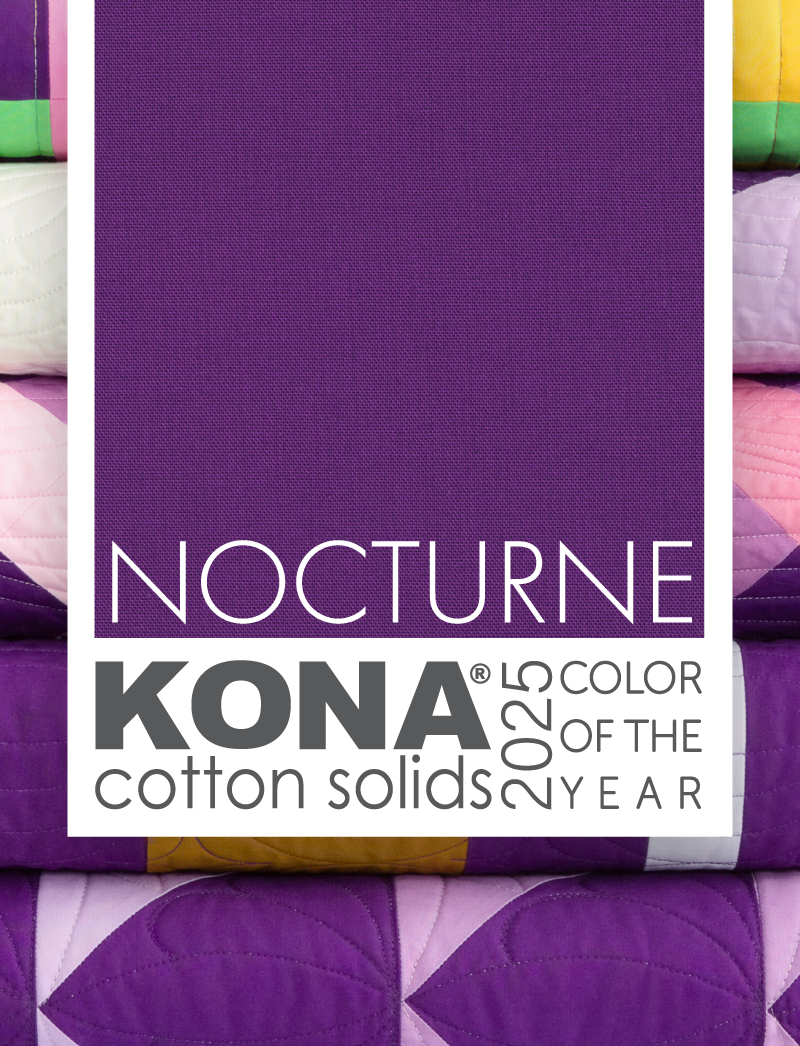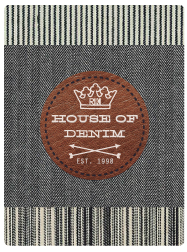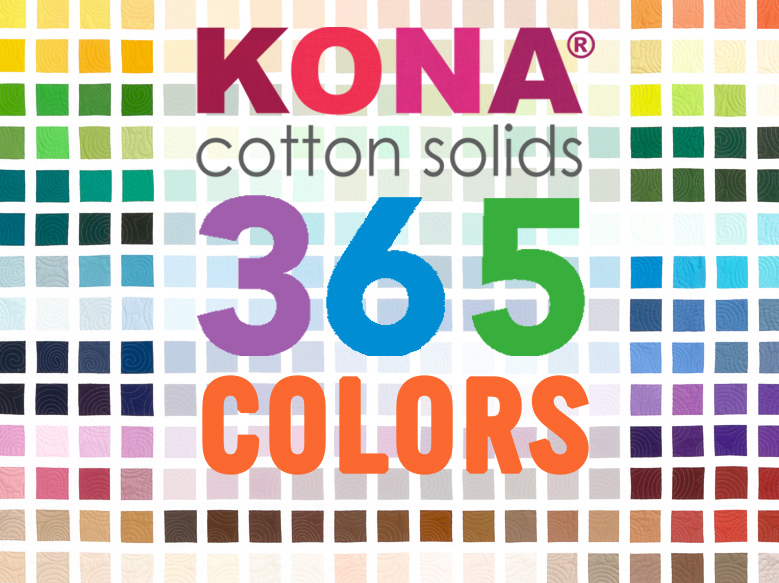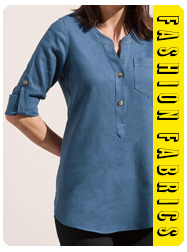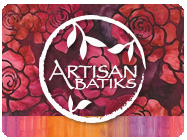Ask Margrit Winter 2008
Quilting Questions Answered
The e-Forum column is dedicated to you, the quilter. I would like to encourage you to participate in the e-Forum by submitting any events, thoughts, questions and hints to “Ask Margrit” and submitting your information via e-mail. If you submit information regarding quilting events in your area, we will post as many as possible. Please submit at least 2 months prior to the event.
Happy New Year to all of you readers, and thanks for all of the e-mails and questions. I thought I would start this year with a reader's tip about the question of wrinkles in batting (Polyester batting). Place the batting in your dryer on medium heat and tumble for 2-4 minutes. The wrinkles fluff right out.
Once again we have had some interesting questions submitted by our readers. I'm sure the answers will be of interest to you as well.
Q: I'm a new quilter. Actually, I've been doing some sewing and piecing quilts for about 2 years. I've just recently stitched in the ditch on a table runner - that makes me a real quilter - and not just a piecer.
I am now machine quilting a 40' x 40' wall hanging with horses in the center as the subject matter. The pattern said to use invisible thread to outline the horses - and that quilts the back, batting, and front at the same time. I was going to just quilt the rest with linear 1 1/2 inch strips across the quilt. My question is - how do I end a diagonal quilting line which intersects with the central motif on the quilt. The horses are raw edge appliqué using steam a seam. Do I have to tie off the ends of the threads or just cut them off?
A: There are a couple of different ways that you can end the quilting at the appliqué motif.
- Set your stitch length at 0 and stitch a few stitches, then cut your top and bottom thread. Start on the other side of the appliqué by stitching a few stitches at 0, reset your stitch length to what you were using and continue quilting.
- Stop quilting at the appliqué. Cut your thread leaving a 2 to 3" length of thread on the top and bottom. Pull your top thread to the back of the quilt and tie a knot using the top and bottom threads. Cut thread. Repeat this process when you start on the other side of the appliqué.
Q: I am a somewhat new quilter and have had this problem on most of my quilts. After completing the top and during the assembly of the backing, batting and top, (when you want everything to be nice and flat and neat) I have had a problem with the outer border rippling and there seems to be too much material although I have measured and cut the length of the sides, top and bottom accurately. I machine stitch the borders to the top and I am wondering if somehow the material is stretching in the process. I read something on this subject quite a while ago but cannot seem to bring the cause or solution to mind. Can you offer advice?
A: This is probably one of the most common problems for quitters. Instead of cutting border strips the exact length, place a pin at the correct length and cut slightly longer. Trim to the exact size after the border is sewn to the quilt. Also, make sure you pin the border to the body of the quilt before sewing. If you don't pin, the feed dogs will stretch the border fabric. You could use a walking foot, which will feed the fabric through evenly.
![]()
Q: I have a question about the proper seam allowance for machine quilting. I've purchased a book for new quilters, who I definitely am, and the templates show a 3/4" seam allowance, but the instructions say allow a 1/4" seam allowance. I'm confused by this. Why do the templates show a 3/4" seam allowance but everything I read suggests a 1/4" seam allowance? I need all the help I can get.
A: The seam allowance should be 1/4" for piecing a quilt. The only thing that I can think of is that there was an error in printing, especially since the instructions say to use a 1/4" seam allowance. Even when sewing clothing, the seam allowance is 5/8", not 3/4".
Q: I am enjoying making my first quilt, and have chosen lightweight and small whaled corduroy for the backing. The top is made of flannel. Some have told me this will not be able to be hand quilted. Is this true? The main pattern is strips of flying geese, which I want to hand quilt. Can you give me some guidance on this?
A: It will be hard to hand quilt if you use corduroy as a backing. You can, however, use flannel or cotton for the back and you should have no problem hand quilting it.
Q: I'm about to take on the task of making a Tee-shirt quilt from my daughters shirts. I sew but have never made a quilt. Do you have any advice or samples or know of any really great web sites to find the information? I need all the advice I can get.
A: You will want to use an iron on lightweight interfacing on the back side of the part of the T-shirt you want to use before you cut it out. The interfacing will keep the shirt from stretching and will make it easier to sew. If you type in T-shirt quilts on your search engine, such as Google, it will take you to several web sites on T-shirt quilts.
Q: I'm doing a round robin for the first time this year. I'm not sure how much fabric I should get for a king size quilt. How would I figure out, yardage wise, how much I should get? I'm using several colors and textures. If you could help with this, I would greatly appreciate it.
A: Usually, a king size quilt takes around 15 to 18 yards total of all fabrics used in the quilt to complete a top. Since I don't know the design of the quilt, I can't give you exact yardages. If you type in round robin quilts on your search engine, it will take you to a list of web-sites that may help you.


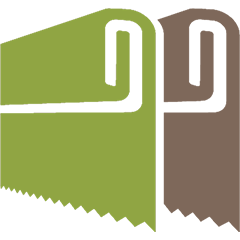 All Fabrics
All Fabrics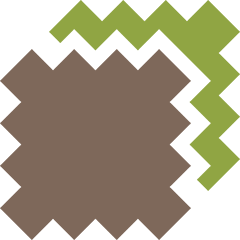 Precuts
Precuts Patterns
Patterns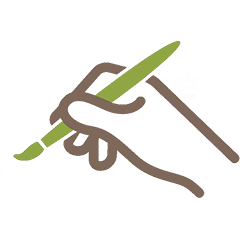 Designers
Designers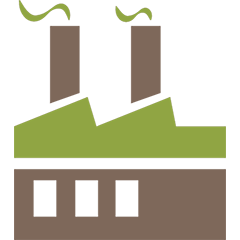 Manufacturers
Manufacturers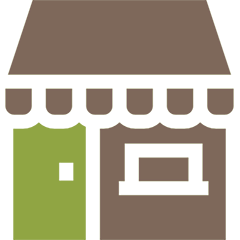 Where to Buy
Where to Buy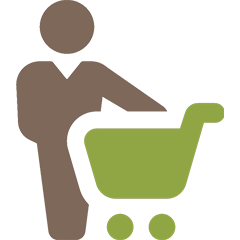 Customers Only
Customers Only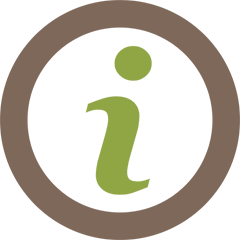 New customers
New customers